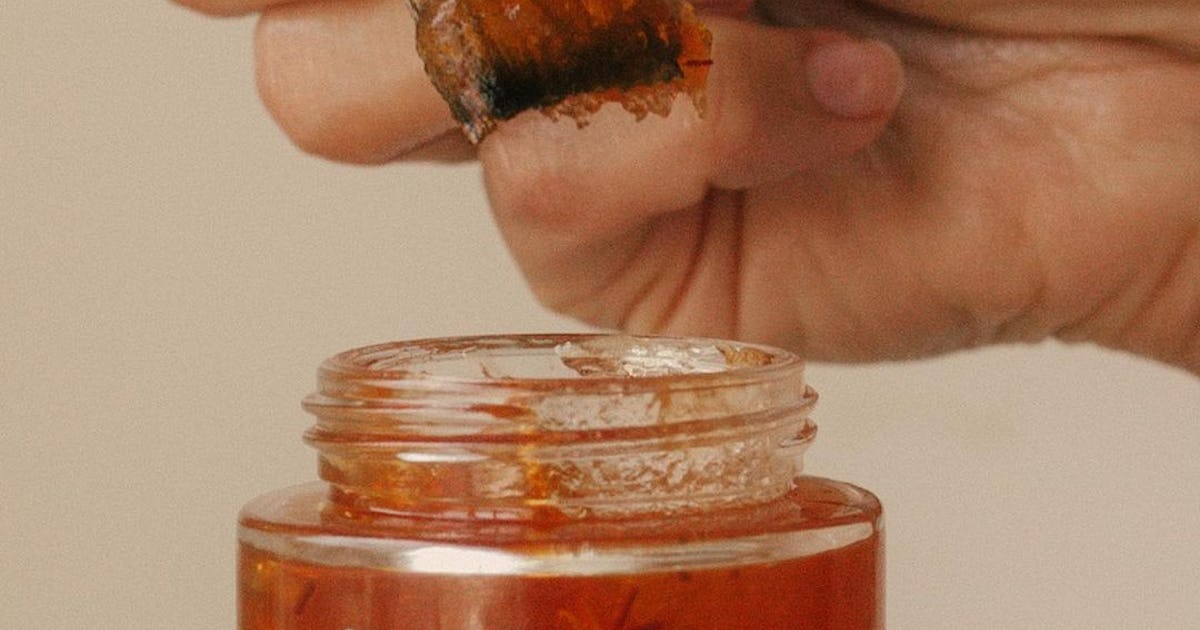There is a growing trend towards window tinting to protect against the sun’s harmful UV rays, reduce energy costs, beef up security and improve the aesthetic looks of doors and windows. As it is an investment for a long time, homes or business establishments need to make an informed decision on window films to know their benefits, the downside, and the best films that are appropriate for the project.
Different Types of Window Films and Their Benefits
There are three main types of window films available, each of which has its unique purpose. These are:
Solar Film: If the purpose is to improve energy efficiency, the solar film is your ideal option. This tinted film absorbs or reflects (or does a combination of both) up to 99% of Ultraviolet rays from the sun. This prevents the occupant of the room from exposure to harmful ultraviolet rays, makes the indoor temperature stay cool in summer and warm in winter, prevents fading of interior furnishings, and reduces glare. All these have a combined effect of increasing the indoor comfort level while saving on energy costs. Solar films are available in neutral tones.
Security Film: If avoiding storm damage or deterring burglars break-ins is your main concern, then security film is your best bet. This type of film is the thickest of all film types, though it does not reflect or absorb much heat. If ever there is damage to the window due to storm or break-in, the film prevents complete shattering of the glass, limiting the damage to a large crack, thus letting the window hold together.
Decorative Film
This is the thinnest of all film types available and is used mainly to bring beauty and added privacy to the room. The film has a clear or bold colour and absorbs or reflects minimal heat. It is available in a wide array of etched patterns, stained motifs, or opaque designs to protect from peering eyes.
The three types of films are sold in three options of permanence. These are:
Temporary variety: The film can be repositioned or removed and cleaned easily. Renters would find it useful.
Semi-permanent Variety:This type is removable, though there may be some adhesive residue left behind on the window.
Permanent Variety: This is a single-use window film.
Decorative film is widely sold as a temporary tinting option and a great choice for renters, whereas the solar and security types are mostly used as permanent solutions, and are the ideal choice for homeowners.
The compatibility of Window Films and Window Glasses
As previously mentioned, the various types of window films absorb different degrees of heat. Security and decorative window tinting block minimal heat in comparison with the solar-type, and applying these films does not put much thermal stress on the windows. This makes them ideal to use on all the major types of window glasses, annealed, heat-treated annealed, and insulating types, with minimal risk of doing any damage to the window glass.
However, the International Window Film Association recommends not to use solar film on certain window glasses that have higher heat absorption rates as that may cause an increase in thermal stress, increasing the chances of these glasses to crack.
The glasses are:
- Tinted annealed glass with a thickness of over ¼ inch
- Annealed glass with over 50% heat absorption rate or thickness of over? inch
- 10 years or more Insulated glass
- Insulated glass with seal failures
If you are in doubt, check the manufacturer’s literature to find the ideal window film for your specific needs.
Installing Window Film May Lead to Breach of Warranty
Sometimes, homeowners when reporting for window damage to the manufacturer find the window manufacturer’s warranty void as they have installed a window film on the glass panes. Indeed, most manufacturers will not provide coverage to defects arising from modifying windows using window films. This is because certain types of window films could potentially cause damages to certain types of window glasses. Hence, it makes sense to confirm whether the manufacturer’s warranty supports tinting.
Home Window Tinting is Economical
Installing window films does not cost an arm and a leg. A couple of dollars per square foot is all it costs to purchase an aftermarket film and install it yourself. Getting a professional to install it will cost a few dollars more. However, other window treatments, such as solar screens (a fabric that reflects and absorbs heat) and cellular shades (fabric covered with honeycomb-like cells to absorb heat) are priced higher per square feet of installations.
Professional Installation Produce Lasting Results
While applying window films yourself is an easy option as you save money, there are potential pitfalls to do-it-yourself renovation. These include the appearance of wrinkles on the film, dirt, bubbles or streaks of cleaner showing up beneath the film, or the film ripping due to rough handling and becoming useless.
It is best to engage a professional window tinting company when installing the window tint. These experts have years of professional experience working on similar projects and can help you in selecting the right window tint that matches your needs, preferences, budget and ensure its proper installation.











/https://specials-images.forbesimg.com/imageserve/610ab46e29f51b52319bda7a/0x0.jpg?cropX1=0&cropX2=2060&cropY1=76&cropY2=1236)






/https://specials-images.forbesimg.com/imageserve/604ad3acf728cc29468fec2e/0x0.jpg?cropX1=0&cropX2=846&cropY1=47&cropY2=523)
![See Inside the Amazing Homes of State Music’s Queens [Pics]](https://townsquare.media/site/204/files/2020/08/tim-mcgraw-faith-hill-mansion-california-pictures.jpg?w=1200&h=0&zc=1&s=0&a=t&q=89)












